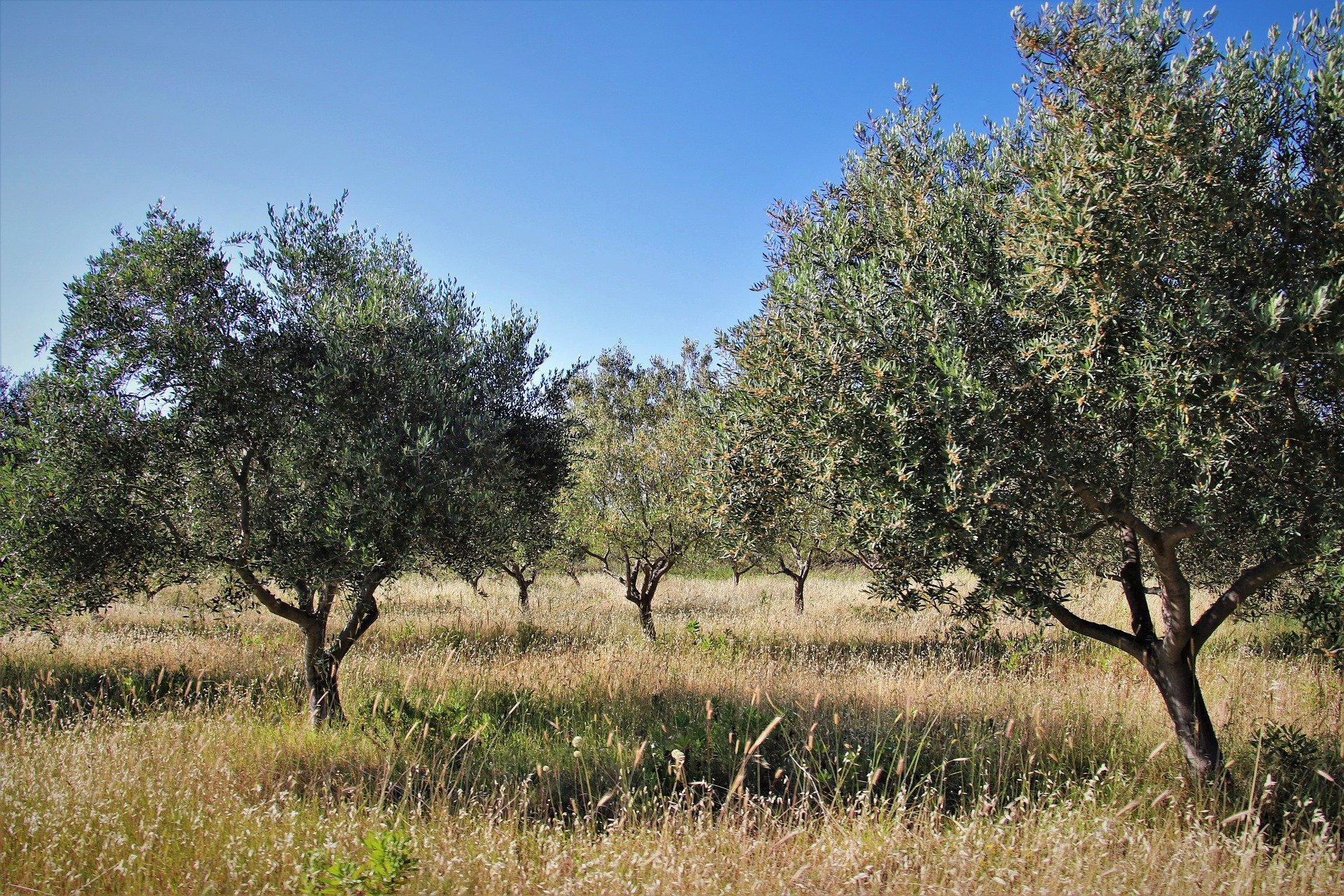Crop diversification

Vine growing farms are often specialized, because this crop requires a specific and complex know-how. Vineyard areas are therefore often specialized, although some farms are diversified. Crop diversification refers to the action of introducing new crops or activities into the farm.
This diversification has certain advantages. In particular, in the face of climate change, diversification in some cases can help :
- to cope with water stress that is too demanding for the culture of the vine (such as led currently) by adopting crops that need either less water, or water in other periods of the year
- to cope with other risks of any type that may increase with climate change: the diversification strategy (of any type) allows by definition to reduce the risk on one of the crops/activities. The risks can be linked to climatic hazards but also to price risks (price decrease on a market segment due to excess supply on the world market for example).
Other advantages/constraints of diversification are linked to the different demands in inputs including the need for a specific know how.
- to face constraints on certain resources or inputs: for example the demand for labor because the work schedules are different from one crop to another;
- to valorize its productions on other markets and to spread the economic risk linked to a bad climatic year (frost, hail) or price risks (collapse of prices for various reasons or uncertainty on certain contracts
However, for a specialized winegrower, diversification can seem very complex, despite the desire to diversify:
- which crop/breeding should she/he choose ?
- how to learn on these new crops/activities ?
- how to get support to find new outlets?
You will find resources in the documents and solutions linked to this sheet.
Author : Nina Graveline
Relations
- Network
- List
- Geolocation
- More
Climathon de Montpeyroux 2020 - Rapport complet
Ce document est le rapport complet du Cliamthon de Montpeyroux (6 et 7 mars 2020) dédié à la question de la filière vigne et vin locale confrontée au changement climatique et aux attentes sociétales.
- More
French National Research Institute for Agriculture and Environment- INRAE
First ranking research institute in agriculture in Europe, second worldwide agricultural science provider, the INRA conducts researches concerning major society stakes.
- More
MEDCLIV (Mediterranean Climate Vine & Wine Ecosystem)
The MEDCLIV project aims at experimenting participatory approaches to design and share co-constructed adaptation (and to some extent mitigation) pathways for the vine and wine value chain in Mediterranean territories. change
- More
Montpellier SupAgro
Une large offre de formation caractérisée par un fort adossement sur les équipes de recherche d’Agropolis International.




